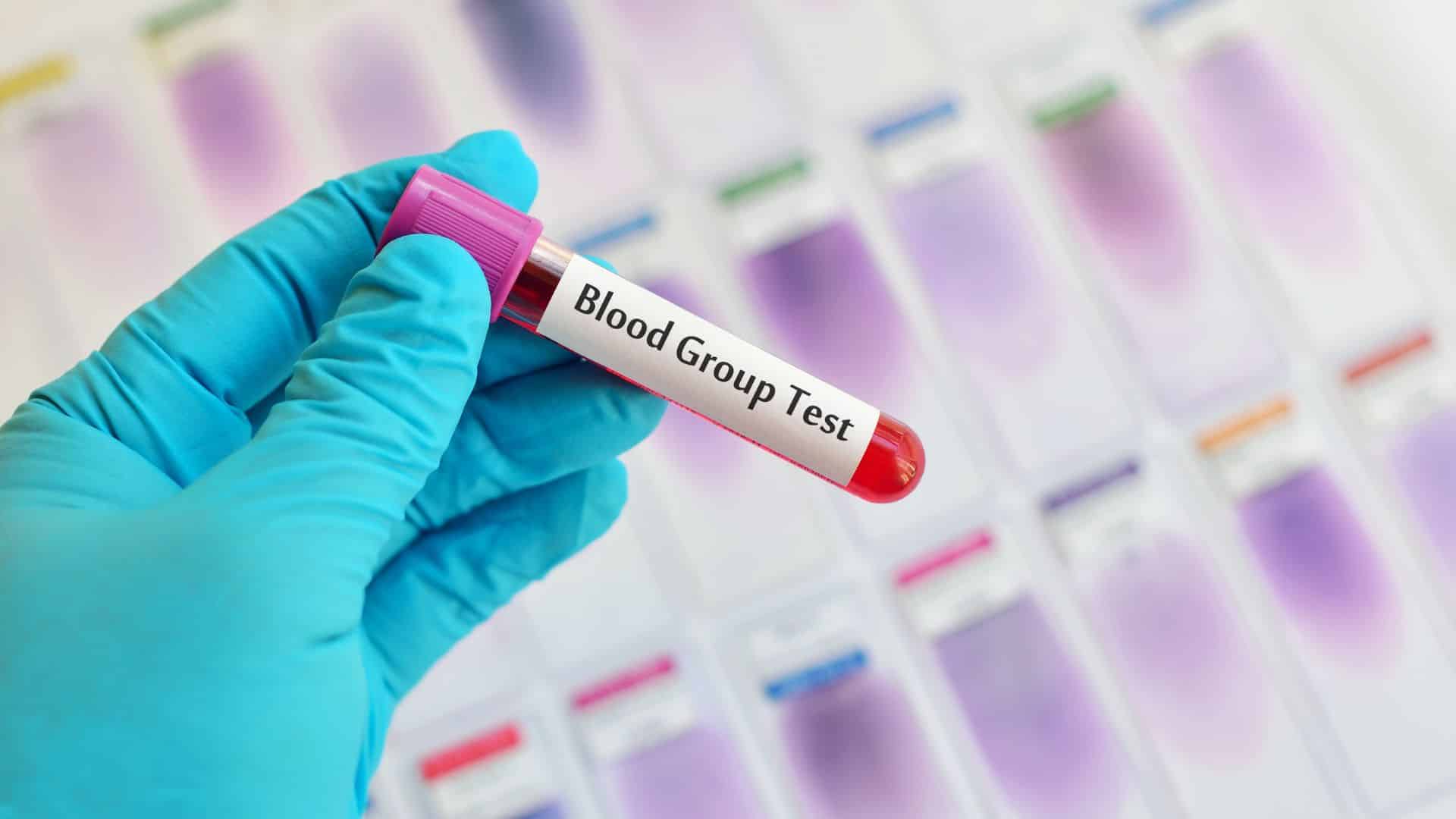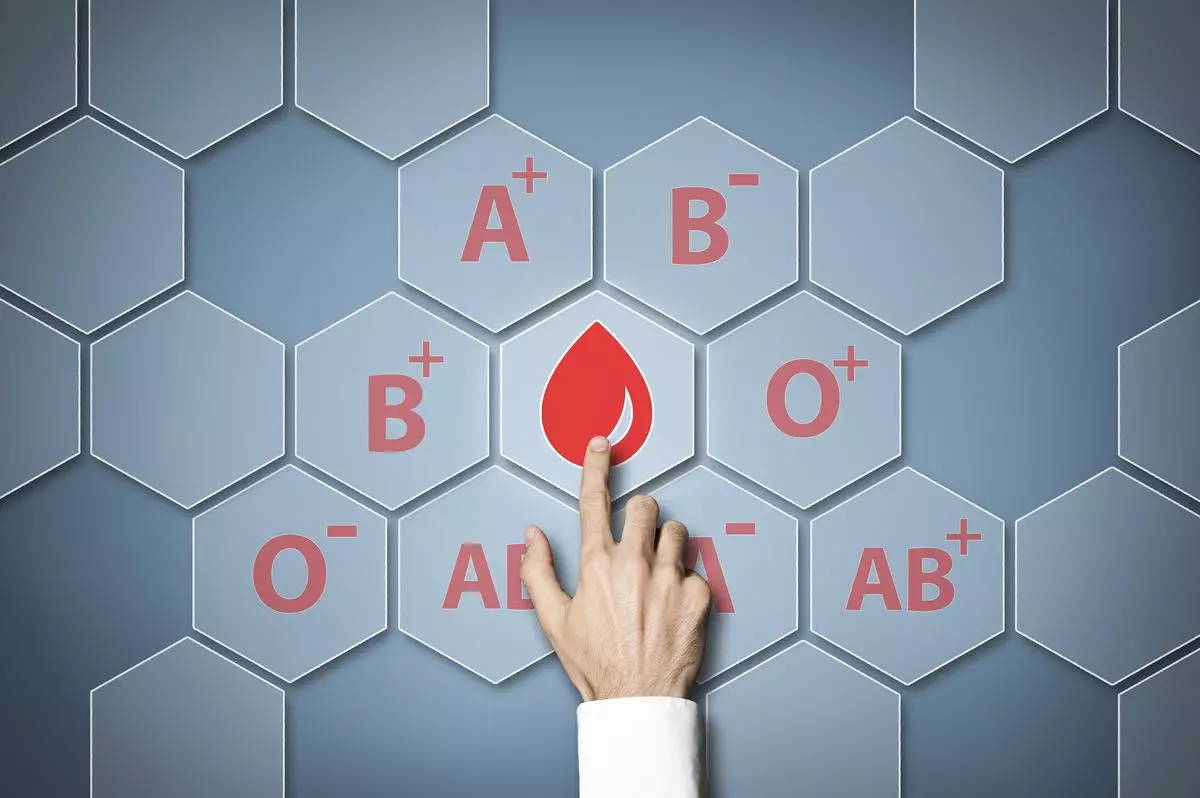Blood groups: how science got there!
Blood groups: how science got there!

Despite the first doctors’ scepticism, particularly after a blood transfusion from one person to another failed, the theory of various blood groups was proven in 1900 by the Austrian scientist Karl Landsteiner. Blood transfusions are known to depend on several types of blood. Blood transfusions were complicated up until that point, and attempts to use animal blood to perform them were unsuccessful.
In general, A, B, O, and AB blood groups were distinguished
each of which might be in a positive or negative state. Later, it was revealed that these are merely the fundamentals and that other blood kinds are still being identified. There are 28 different blood types, all of which have names like Diego and Kidd, according to the International Society of Blood Transfusion.
The success of your pregnancy may occasionally depend on knowing your precise blood type,
which also improves the effectiveness of cancer therapy and tissue donations. Major issues can arise for a Young mother having a child of a different blood type.
The cause of this diversity is unknown, despite the fact that scientists have now identified all the various blood types and the distinct antigens that make them. There are several possibilities, including the notion that the O blood type, which is the most widespread in Africa, evolved to aid humans in fending off some of the diseases that are more common in the area, including malaria. All of these theories are only conjectures that raise more queries.
Are specific blood types more likely to increase a person’s risk of contracting certain diseases if the variety of blood types is thought to be a form of evolution?

The concept of blood transfusion and the understanding that there is a fundamental distinction between blood types were not known until the Renaissance in Europe. Doctors then realised that there is a characteristic of each body’s blood that makes it distinct. The concept of blood transfusion emerged as a result of witnessing patients bleed to death. There is a known instance of a doctor who attempted to inject his patient with blood taken from a cow, but the patient experienced extreme vomiting and eventually passed away after a second transfusion.
After one of his patients died from blood loss during childbirth in 1817, the British physician James Blundell verified that multiple blood types exist among people themselves. Although he was aware of the various blood types found in animals, he was unsuccessful when attempting to transfuse blood between individuals. We discovered that blood must be of the same type in order to be transfused from one person to another in 1900 when Karl Landsteiner discovered the difference in blood proteins that determines whether transfusions are successful or unsuccessful.
